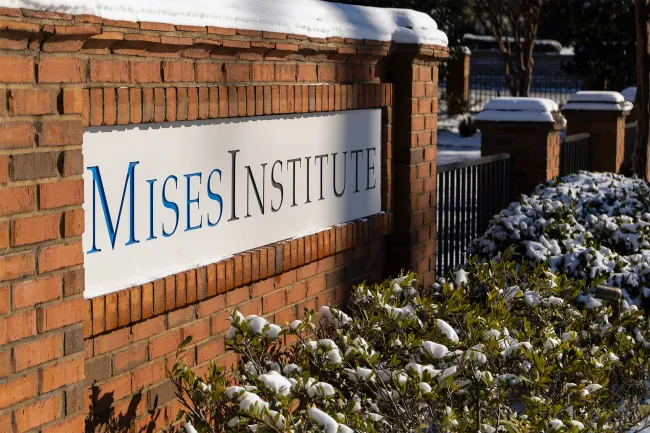Fritz Machlup and the Bellagio Group: Solutions to Liquidity, Adjustment and Confidence Problems and Their Opportunity Costs
Economist Fritz Machlup took a unique goals-assumptions-opportunity costs approach to the examination of alternative monetary reform plans. During the Bellagio Group conferences he,

